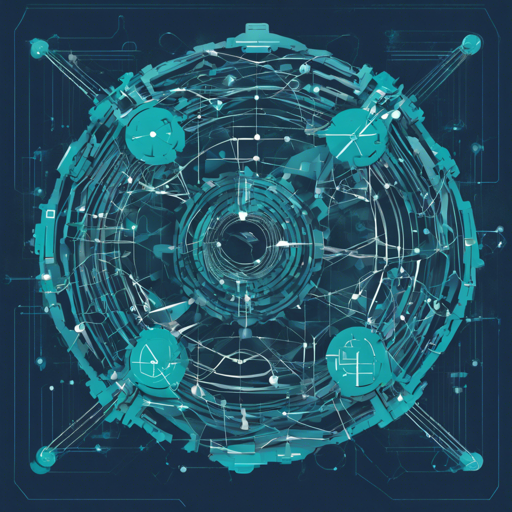Welcome to the world of Polaris! The following guide will help you navigate the intricacies of using the Polaris framework, designed to simplify your integration with the Ethereum Virtual Machine (EVM). Let’s dive into how you can set up and contribute to this revolutionary framework!
What is Polaris?
Polaris is a cutting-edge framework crafted to streamline the integration of an EVM into your applications. Think of it as a toolkit for assembling a complex puzzle with ease:
- Modularity: Picture each puzzle piece as a distinct package, ready to fit together seamlessly, with thorough testing and documentation included.
- Configurability: Just as you might rearrange the pieces of a puzzle, Polaris allows you to tailor its components to your specific needs.
- Performance: In this competitive landscape, think of Polaris as a high-speed racing car, optimized for both speed and efficiency.
- Contributor Friendliness: Collaboration is crucial, just like how working together on a puzzle can lead to new solutions.
- Memes: If your pull request lacks a meme, it’s akin to solving a puzzle without the last piece – incomplete!
Documentation Access
For extensive guidance on building atop Polaris, visit our documentation. If you’re interested in contributing to the framework, you can explore the Framework Specs.
Directory Structure
Polaris organizes its repository using Go workspaces for logical segregation. Here’s a breakdown:
Polaris
├── .build # Build scripts and developer tooling.
├── .contracts # Contracts and bindings for Polaris (and hosts).
├── .cosmos # Polaris integrated into a Cosmos-SDK based chain.
├── .e2ee # End-to-end testing utilities.
├── .eth # The Core of the Polaris Ethereum Framework.
├── .lib # A collection of libraries used throughout the repo.
└── .proto # Protobuf definitions.
How to Build and Test with Polaris
Follow these steps to get your local environment up and running:
- Install Required Tools:
- Install Go:
# For Ubuntu cd $HOME sudo apt-get install golang jq -y export PATH=$PATH:/usr/local/go/bin export PATH=$PATH:$(go env GOPATH)/bin # For Mac cd $HOME brew install go jq export PATH=$PATH:/opt/homebrew/bin export PATH=$PATH:$(go env GOPATH)/bin - Install Foundry:
curl -L https://foundry.paradigm.xyz | bash - Clone, Set Up, and Test:
cd $HOME git clone https://github.com/berachain/polaris cd polaris git checkout main make test-unit - Start a Local Development Network:
make start
Troubleshooting
Experiencing hiccups along the way? Here are some troubleshooting tips:
- Ensure all environment variables are correctly set up.
- Double-check your installations of Go and Foundry to confirm they’re the required versions.
- Look into the error messages produced during `make test-unit` for any indications of what might be wrong.
- Connect with the community via Telegram, Discord, or follow Twitter for continuous support.
For more insights, updates, or to collaborate on AI development projects, stay connected with fxis.ai.
Looking to the Future
At fxis.ai, we believe that such advancements are crucial for the future of AI, as they enable more comprehensive and effective solutions. Our team is continually exploring new methodologies to push the envelope in artificial intelligence, ensuring that our clients benefit from the latest technological innovations.
With Polaris, you’re not just integrating technology – you’re unlocking a new level of innovation! Happy coding!

